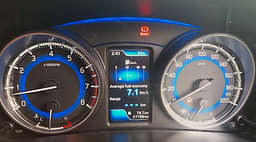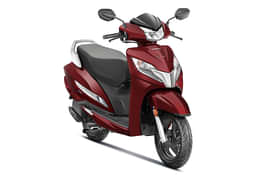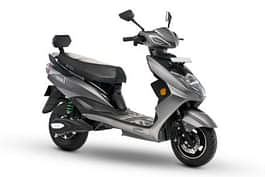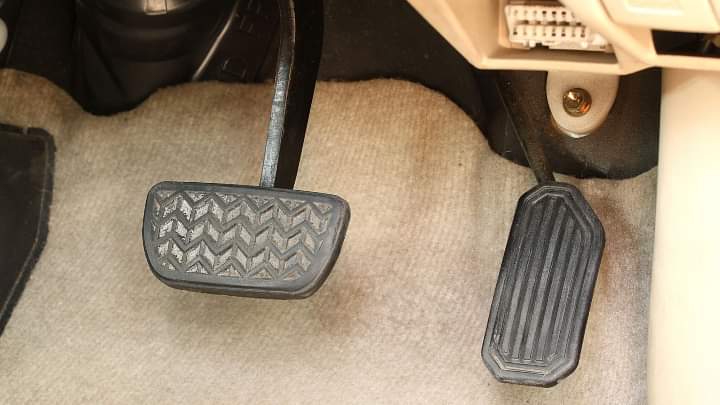
Single Pedal Driving is a relatively new concept which has been introduced with many Electric Vehicles and Plug in hybrid vehicles on offer. These make use of complex technologies which do not require physical brakes for braking applications. We all have experienced engine braking in vehicles equipped with an internal combustion engine. This proves to be a desirable phenomena in electric vehicles and plug in hybrid vehicles.
So, what generates this braking effect? It is the regenerative braking system which provides the accelerator pedal with this stop and go ability. In these kind of vehicles, the drive shafts are connected to a generator which on releasing the accelerator kicks in to rotate in the opposite direction to absorb energy and stop the vehicle. This magnetic resistance increases and causes braking force which generates energy that is then stored in a battery.
Usually, we stop the vehicle by slamming the brake pedal. All this energy during conventional braking is wasted in the form of heat but is utilised in case of a regenerative braking system. This not only increases the efficiency of driving but also increases the longevity of the brake pads on your vehicle. As this energy is stored in the batteries, in many EVs and hybrids, this energy is reused and it maximises the range of the vehicle.
Also Read: 2022 Honda City e:HEV Hybrid Automatic Test Drive Review
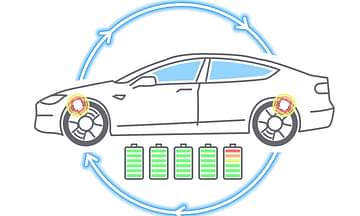
Single pedal driving is always a choice and can be controlled by the user. Many automotive manufacturers supply the vehicles with different levels of regenerative braking. It is always a breeze to use in bumper to bumper traffic as it helps you to steadily crawl down the road without the need of the brake pedal. However it can prove to be annoying if you increase the regenerative braking percent while cruising at high speed down the motorways.
Also Read: 2022 Tata Nexon EV Max vs Tata Nexon EV Old - What's New?
One pedal driving does require practice and may take time for the driver to adapt to this relatively with significant amount of experience. Therefore, judging the stopping distances of a car can prove to be a challenge and a tedious job. When this mode is activated, the brake lights turn on to inform the tailgaters about the braking of the vehicle.
Some electric and hybrid vehicles do feature a strong regenerative braking effect. However, the driver should never rely on regenerative braking to stop the car in case of emergency situations. The brakes in a car are much more spontaneous and effective when compared to the regenerative braking effect. These systems do make braking much more effective and less jerky as there are two components stopping the vehicle and this increases braking efficiency to a great extent.
One of the major advantages of this system is that while travelling downhill with a single pedal driving mode, the generator kicks in and charges the battery with enough juice and maximises range. This is a unique phenomenon experienced in vehicles equipped with regenerative braking systems.
Also Read: 2022 Tata Nexon EV Long Range Bookings Commence But There's A Catch
So, what do You think about single pedal driving in electric and hybrid vehicles? Share your views in the comments section below.




